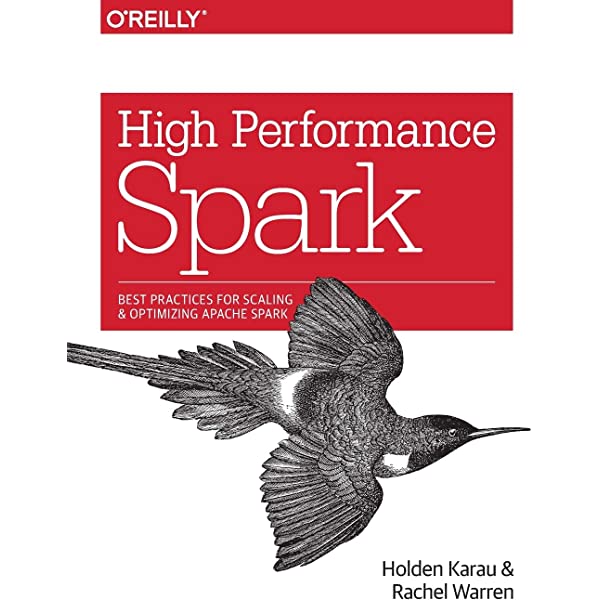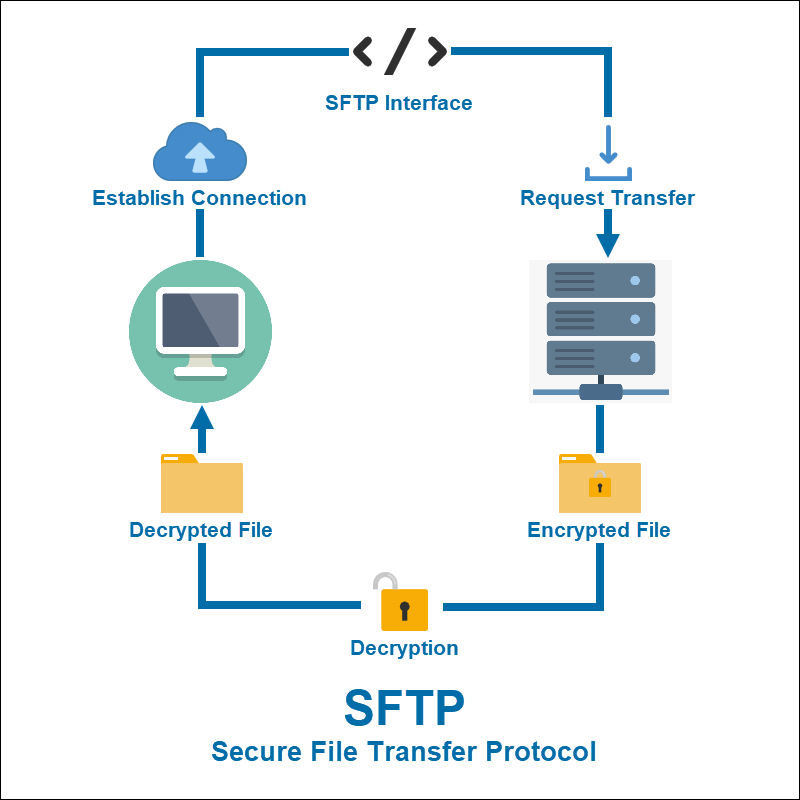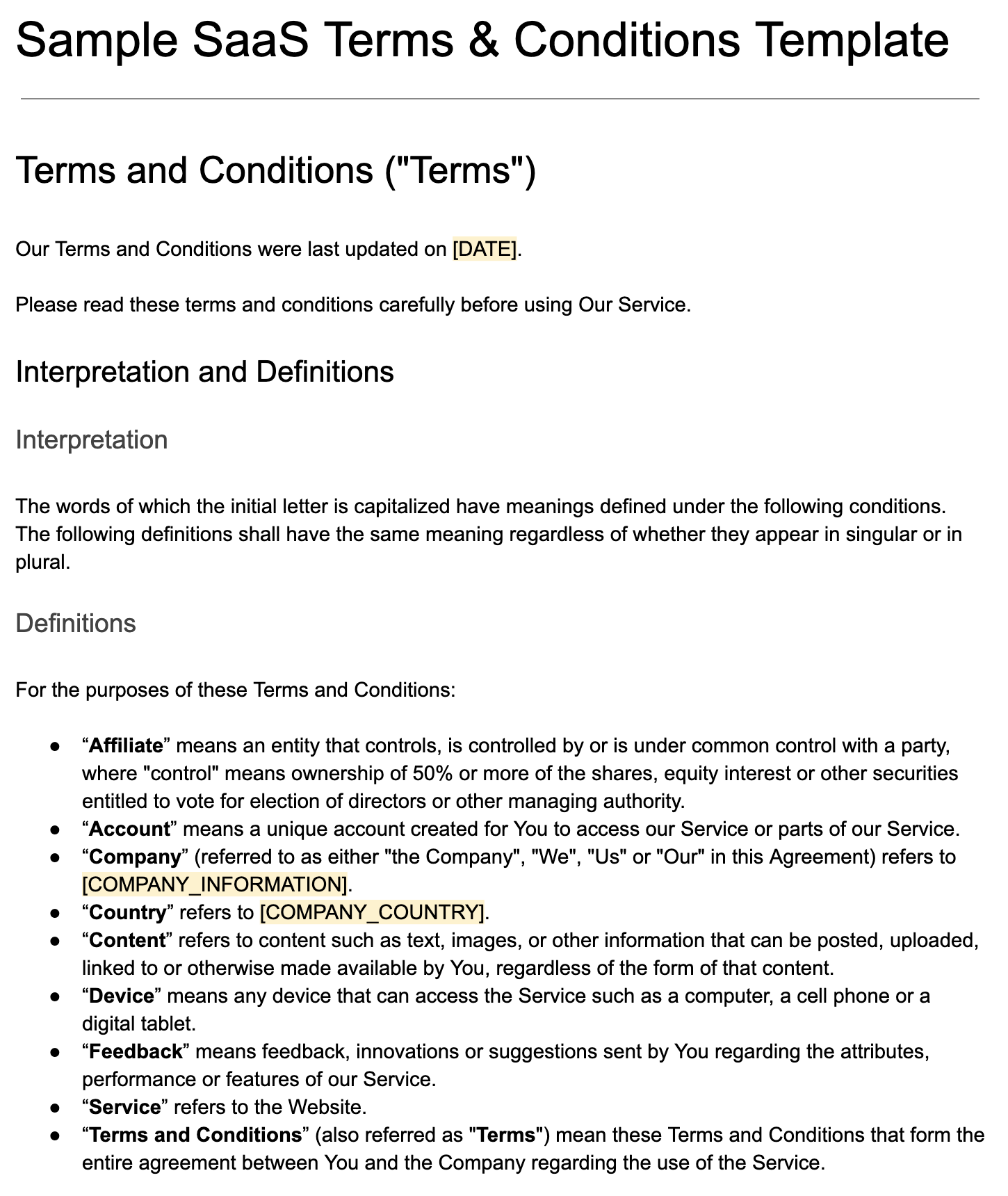
A web server is an application or computer program that runs on a particular operating system. It serves documents via the Internet. It's an essential part of a home or business network and can be installed in most Linux distributions. It can also run as a server program or work with other server software such as databases or mail.
Apache is one of the most popular web servers, and it is available for both Linux and Windows. It is free and open-source, and it has a wide range of features that make it easy to use.
Installing Apache on Debian is a quick and easy process that can be used to deploy applications and web pages, or as a proxy server. Installation is simple and only requires a single command to set up your server.
The first step is to install the libapache2-mod-gnutls module, which allows SSL support. This is a popular extension that supports SSL certificate verification, which is important in many environments where users want to protect sensitive information from hackers.

After installing the libapache2-mod-gnutls package, you can add a gnutls configuration file to your Apache server and enable the module. This can be done using the a2enmod command.
Once you have added a gnutls configuration file, you can test that the libapache2-mod-gnutls extension is working correctly by running a web browser with a gnutls connection to the server. If you are using a browser that supports HTTPS (like Firefox or Chrome), you can even request a page from the server to verify the extension is functioning.
It is also a good idea to check that your firewall is properly set up, and that the correct ports are blocked. Examining the logs on the webserver can help you do this. Start the webserver with a different user to see if you can isolate the problem.
Once the web server has been installed, you can use it to access various services in your Debian Linux installation, including email, file-sharing, and FTP. This is useful for managing your website's content and allowing users to leave comments.
By using the Apache command line, it is possible to configure the web server in a number of ways. For example, you could limit the amount of requests that can be made per second or enable multiple virtual host. You can also use the config files to specify which pages should be served by the server and where they should live on your machine.

You can also configure your web server to communicate with other programs in your system. You can also create a special directory where you will store all the files that web users will have access to when they visit your website.
You can also stop and restart the Apache webserver using the command line. This can be an easy and quick way to stop the server from crash due to systemd failure. The grep can be used to locate any zombie processes on the server. Use the kill command before restarting the service.
FAQ
What is a UI Designer?
An interface designer (UI) creates interfaces for software products. They design the visual elements and layout of an application. Graphic designers may also be part of the UI designer.
The UI Designer needs to be a problem solver and have a good understanding of how people use computers.
A UI Designer should have a passion in technology and software design. He/she should be familiar with all aspects in the field, from creating ideas to implementing them into code.
They should be capable of creating designs using a variety tools and techniques. They should be creative thinkers and be able to solve problems using innovative solutions.
They should be organized and detail-oriented. They should be capable of quickly and efficiently developing prototypes.
They should feel comfortable working with clients large and small. They must be able to adapt to various situations and environments.
They should be able to communicate effectively with others. They should be able to express their thoughts clearly and concisely.
They should be well-rounded and possess strong communication abilities.
They should be motivated and driven.
They should be passionate about their craft.
Does A Good Portfolio Make Me More Likely To Be Hired As A Web Developer?
Yes. It is important to have a portfolio when applying for web design or development jobs. Portfolios should showcase examples of your skillsets and experience.
Portfolios typically include examples of past projects. These can be anything that shows off your skill set. Portfolios should contain everything, from wireframes, mockups, logos and brochures to websites, apps, and websites.
Can I use HTML & CCS to build my website?
Yes, you can! It's possible! You need to have basic knowledge in web design and programming languages, such as HTML (Hyper Text Markup Language), CSS and Cascading Style sheets (Cascading CSS Sheets). These languages can be used to create websites which can then be viewed by everyone who has an internet connection.
Statistics
- At this point, it's important to note that just because a web trend is current, it doesn't mean it's necessarily right for you.48% of people cite design as the most important factor of a website, (websitebuilderexpert.com)
- When choosing your website color scheme, a general rule is to limit yourself to three shades: one primary color (60% of the mix), one secondary color (30%), and one accent color (10%). (wix.com)
- Studies show that 77% of satisfied customers will recommend your business or service to a friend after having a positive experience. (wix.com)
- It's estimated that chatbots could reduce this by 30%. Gone are the days when chatbots were mere gimmicks – now, they're becoming ever more essential to customer-facing services. (websitebuilderexpert.com)
- In fact, according to Color Matters, a signature color can boost brand recognition by 80%. There's a lot of psychology behind people's perception of color, so it's important to understand how it's used with your industry. (websitebuilderexpert.com)
External Links
How To
Drupal 7 Web Design Tips
Drupal is one of most well-known Content Management Systems (CMS), available today. It was developed in 2003 by Dries buytaert of Belgium. The name derives its name from Dirk Buijtewaard's and Pierre d'Herbemont's initial letters. Drupal was open-sourced in 2005. Many versions of the CMS have been developed since then. Today, Drupal is used by many websites and companies around the world.
Drupal is very popular with website owners for several reasons. It is easy to download and install. It is simple to customize and expand. It is well documented. It provides tremendous support via IRC channels and forums. It can also be extended with modules. Sixth it supports multiple languages. It is easy customizable. It is also scalable. It is secure. Tenth, its reliability is assured. Finally, the community supports it. Drupal is a good choice for your next project due to all of these factors.
You might wonder what makes Drupal stand out from other CMS platforms. It is very simple. Drupal is an open source content management system. Drupal is completely open-source and freely available for download. Drupal gives you full control over your website. You can edit your website, add pages or delete them, and change the colors, fonts, images and videos.
Drupal is an option for those who lack the technical skills required to create websites. You don't have to be a programmer to build your website, unlike other CMS. You only need to know how Drupal works. You will then be able modify your website to suit your needs.
Drupal also offers many pre-built themes as well as plugins. These plugins can be used to improve your site's functionality. You can use the Contact Form module, for example, to collect visitor contact information. Google Maps also allows you to display Google Maps on your website. Drupal comes pre-made in thousands of templates. These templates give your site a professional look.
Drupal is also flexible. Drupal allows you to add modules or replace existing ones, without worrying about compatibility issues. It's easy to integrate social media on your website. You can also set up RSS feeds, e-mail subscriptions, and more.
Drupal is customizable. Drupal lets you add custom fields, forms, manage users and much more. Drupal can be used to create complex layouts.
Drupal is resilient and reliable. It is reliable, stable, and can be scaled. It also offers great security features. So if you're looking for a good web development platform, then Drupal is worth considering.